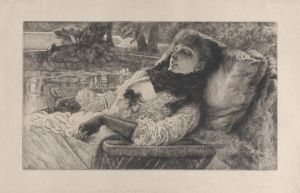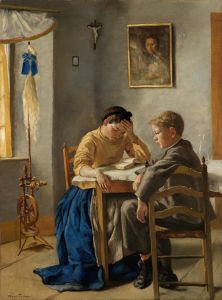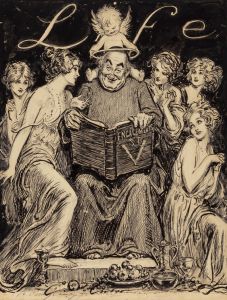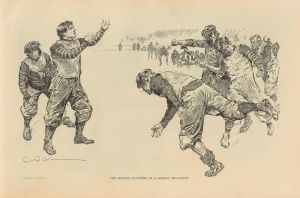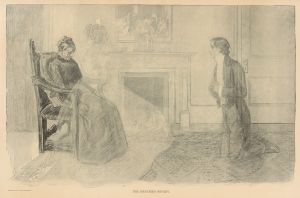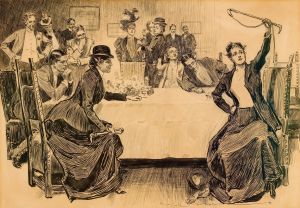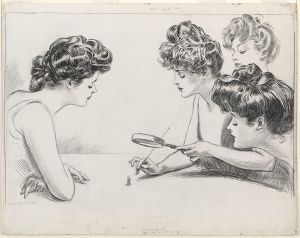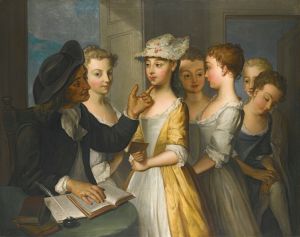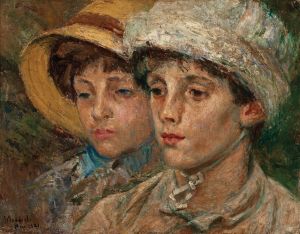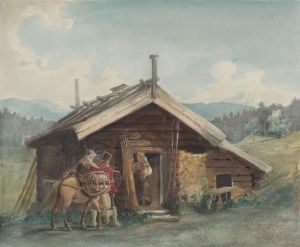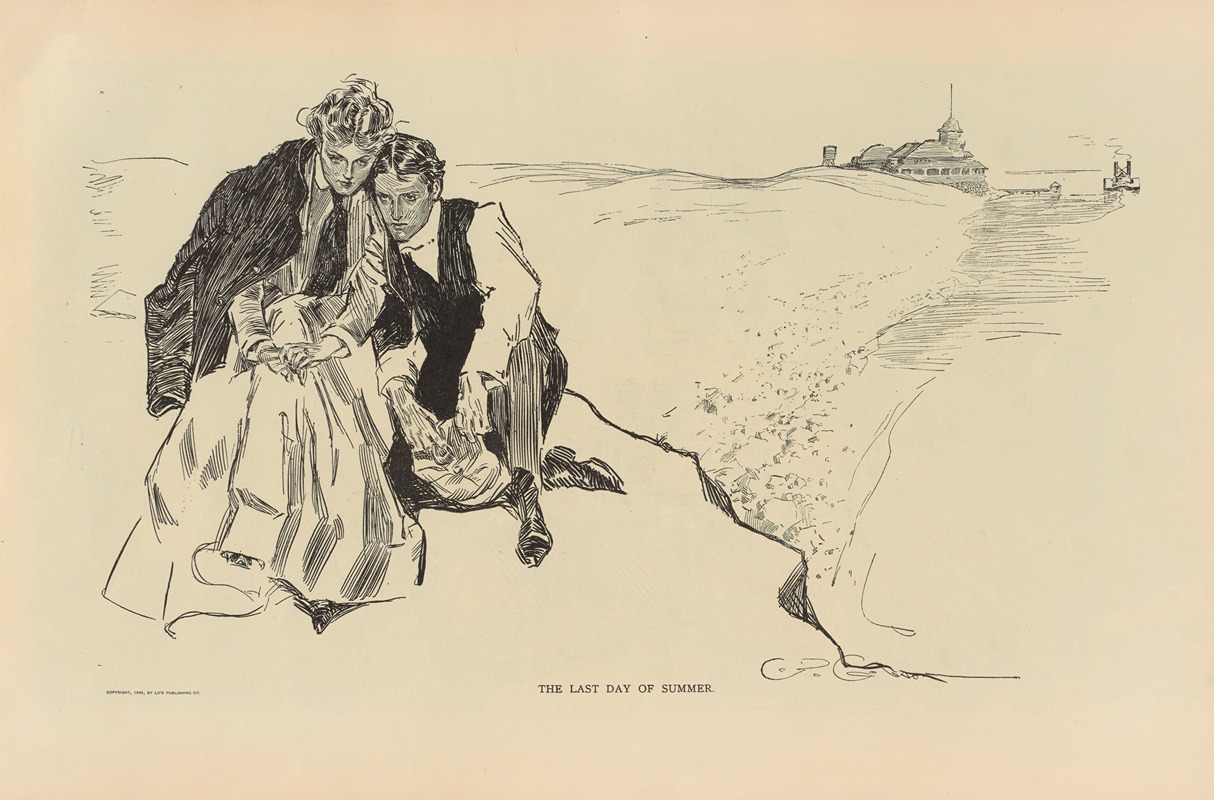
The last day of summer
A hand-painted replica of Charles Dana Gibson’s masterpiece The last day of summer, meticulously crafted by professional artists to capture the true essence of the original. Each piece is created with museum-quality canvas and rare mineral pigments, carefully painted by experienced artists with delicate brushstrokes and rich, layered colors to perfectly recreate the texture of the original artwork. Unlike machine-printed reproductions, this hand-painted version brings the painting to life, infused with the artist’s emotions and skill in every stroke. Whether for personal collection or home decoration, it instantly elevates the artistic atmosphere of any space.
Charles Dana Gibson was an influential American illustrator best known for his creation of the "Gibson Girl," an iconic representation of the American woman at the turn of the 20th century. His work captured the spirit and style of his era, and his illustrations were widely published in magazines such as Life, Harper's Weekly, and Scribner's. One of his notable works is "The Last Day of Summer," which exemplifies his artistic style and thematic focus.
"The Last Day of Summer" is a black-and-white illustration that showcases Gibson's skill in pen-and-ink drawing. Like many of his works, this piece is characterized by its detailed line work and the elegant portrayal of its subjects. The illustration typically features a scene that captures the essence of a leisurely, idyllic moment, often involving well-dressed figures in a natural setting. This reflects Gibson's interest in depicting the leisurely lifestyle of the upper middle class during the late 19th and early 20th centuries.
Gibson's illustrations often focused on themes of romance, social interaction, and the changing roles of women in society. "The Last Day of Summer" is no exception, as it likely portrays a scene that emphasizes the fleeting nature of time and the transition from one season to another, both literally and metaphorically. The subjects in his illustrations, particularly the women, are often depicted with a sense of independence and confidence, characteristics that were becoming more prominent in women of that era.
The "Gibson Girl" was a cultural phenomenon, and Gibson's illustrations played a significant role in shaping public perceptions of femininity and fashion. The women in his drawings were typically tall, slender, and graceful, with an air of self-assurance. This idealized image of womanhood became a standard of beauty and elegance in the early 20th century and influenced fashion and societal norms.
Gibson's work, including "The Last Day of Summer," is notable for its reflection of the social dynamics and cultural shifts of his time. His illustrations not only entertained but also commented on the evolving roles of men and women, the nuances of courtship, and the leisurely pursuits of the affluent. Through his art, Gibson captured the complexities and contradictions of an era marked by both tradition and change.
While specific details about "The Last Day of Summer" are limited, the piece remains a testament to Gibson's artistic legacy and his ability to encapsulate the spirit of his time through illustration. His work continues to be celebrated for its technical excellence and its insightful portrayal of early 20th-century American life.





